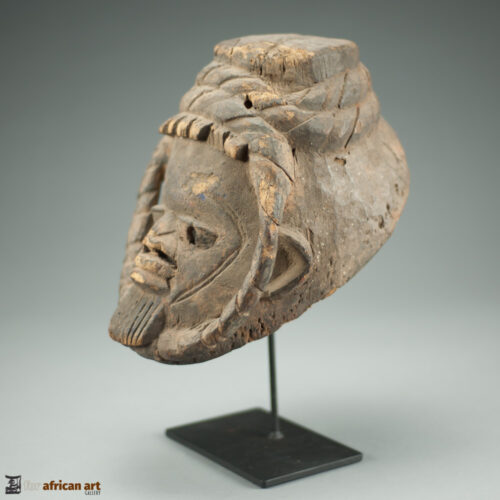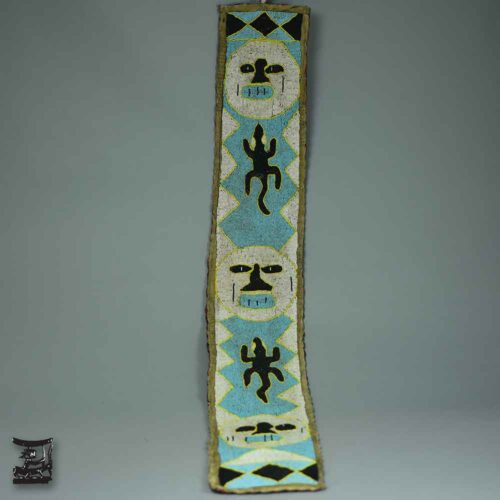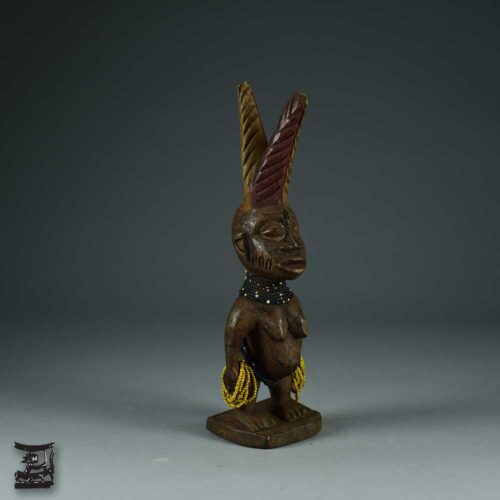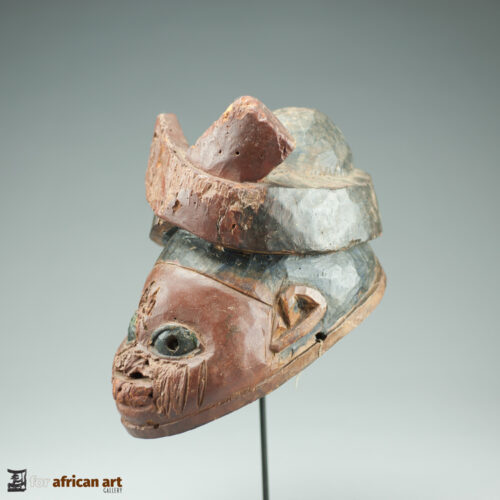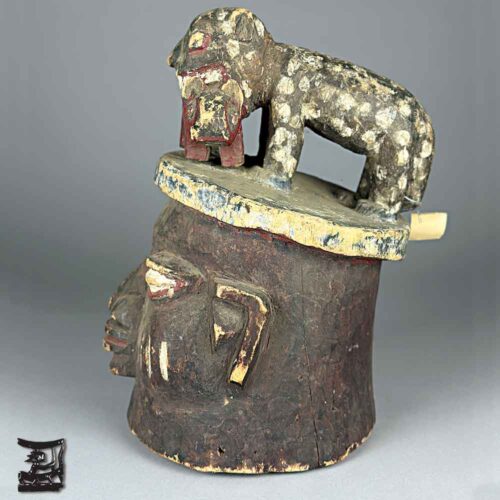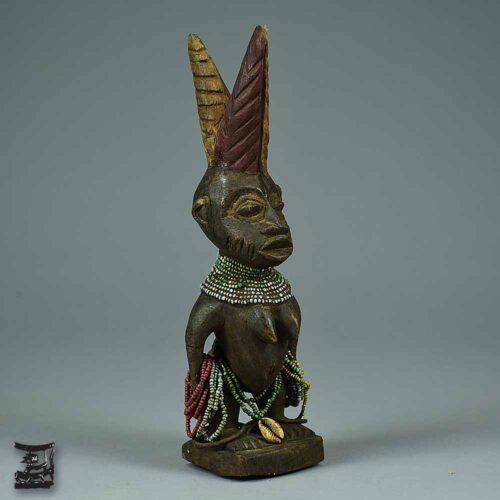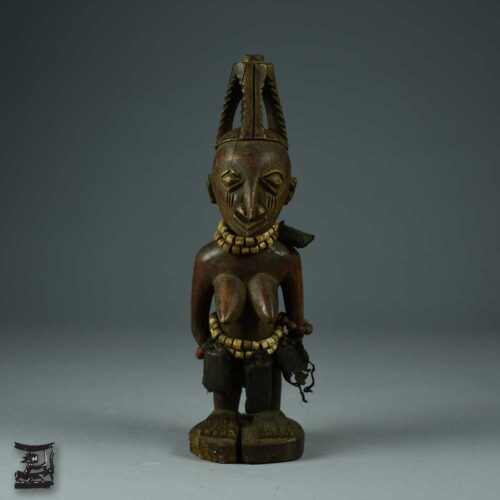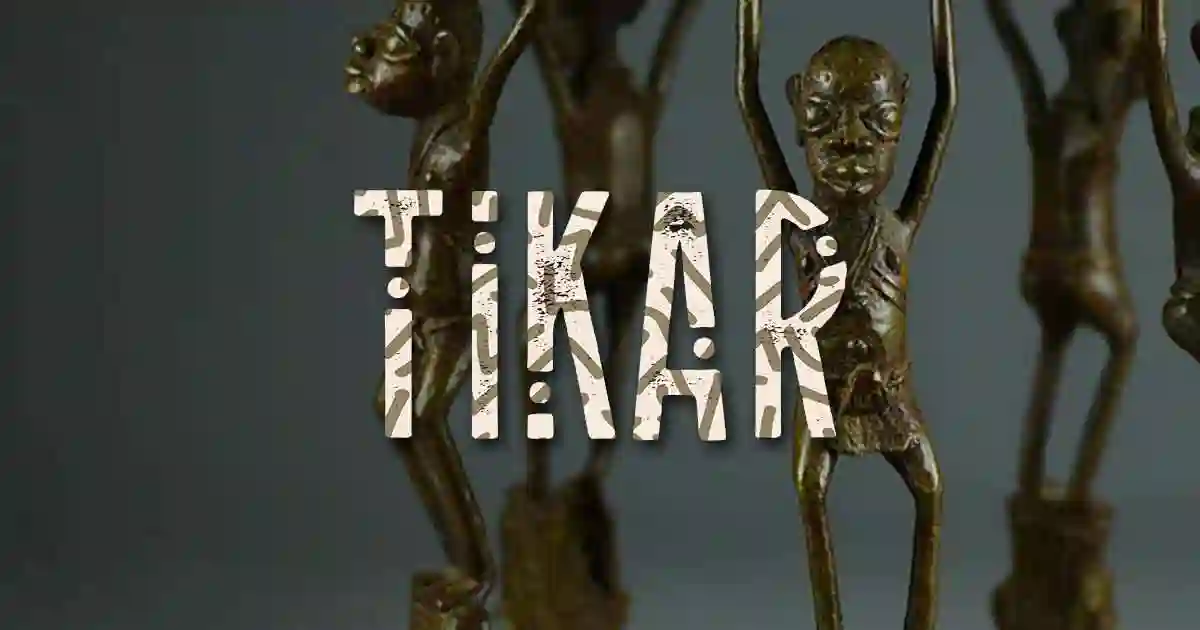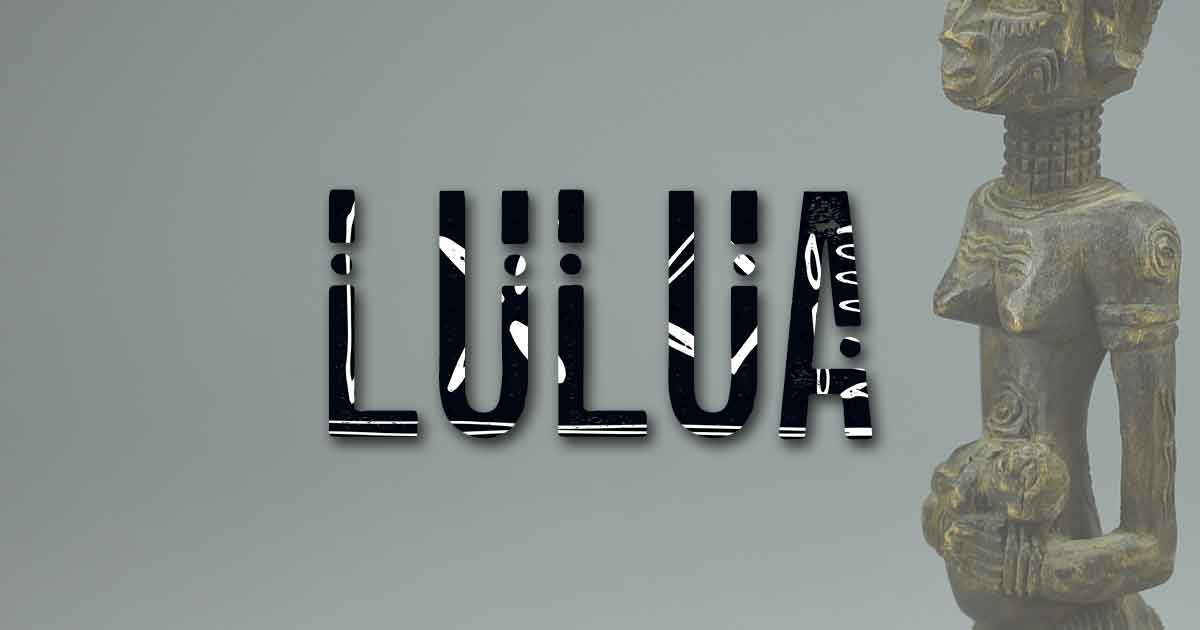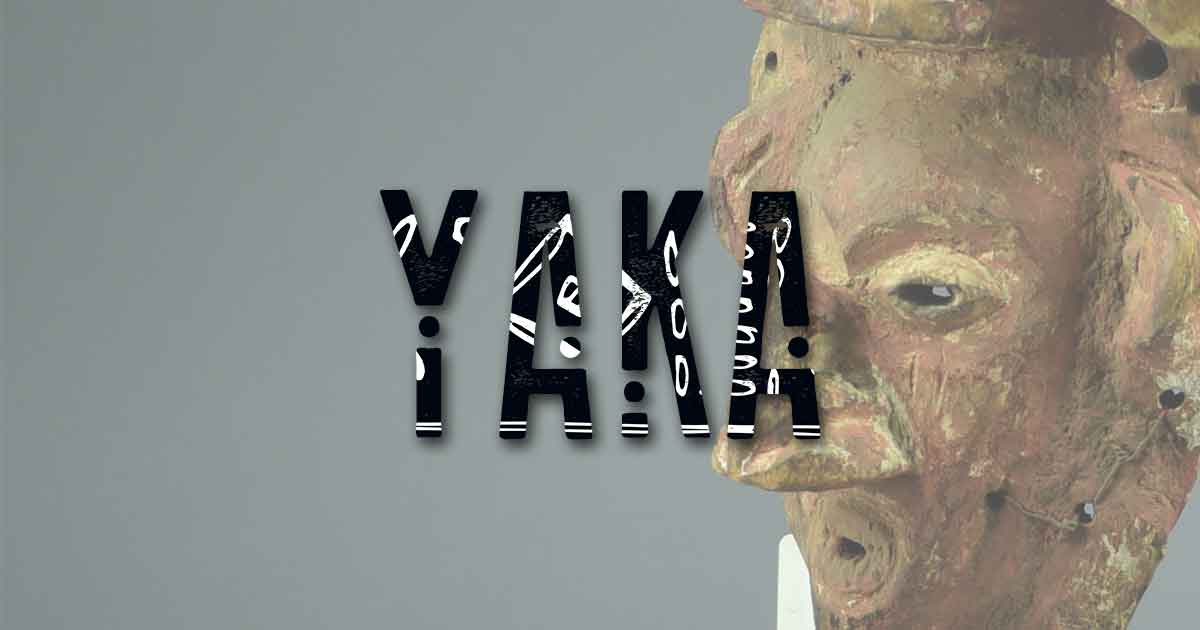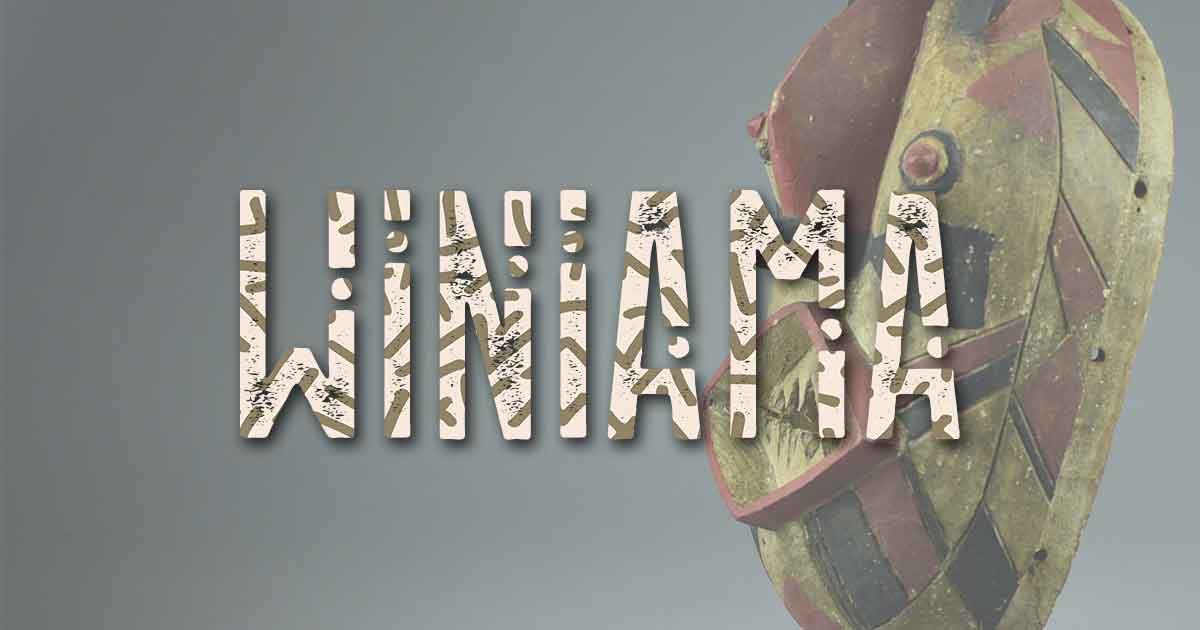Yoruba – Nigeria
Yoruba – Nigeria
Art, Life and the Yoruba Culture
The Yoruba, found mainly in Nigeria, Benin and Togo number over 25 million people, with the vast majority of those people living in southwestern Nigeria.
The Yoruba people are rich in traditions and have two different versions of their origins, those being mythological and historical. Their leader Odùduwà, from a mythological standpoint, descended from the heavens to create the earth, and from a historical standpoint, the same Odùduwà was their leader from various migrations and settled with his people in southern Nigeria, founding a ruling dynasty in Ilé-Ifè. The city is famous for its ancient arts, ranging from stone monoliths and sculptures to naturalistic and richly adorned figures in terracotta, brass and stone dated between the eleventh and fifteenth centuries – all reflecting a period of economic prosperity.
Artist as a Profession
It is a lot more than just picking up tools, using your imagination and creating dimensional forms, it is more of a ritual process with artists, particularly carvers, often seeking spiritual guidance before undertaking the commission of a work that would be used in religious contexts.
With the Yoruba, one must undergo an apprenticeship to become a professional artsit (onisé onà). There are two parts to the apprenticeship, the cultural and the technical. The cultural is the training in Yoruba cosmology, the rituals that are associated with the creative process, toboos and the significance of the various popular iconic motifs used when creating the art. The technical aquaints the apprentice with the properties of various materials, design elements and how to execute those with the tools of the trade. The apprentice observes the master work and in time will copy the time-honored Yoruba style in the given medium.
Yoruba Art
Masking
Masking is prominently featured in many if the different African cultures, and that is carried on with the Yoruba. The Yoruba have a number of masks used in a variety of social and religious performances. Below are a few of the Yoruba masks:
-
-
- Gelede – Found mainly in southwestern Nigeria and danced in a number of ceremonies, much of the Gelede societies ritual and artistic activities are directed at the glorification of Ìyá Nlá, the Great Mother.
- Epa – Found mainly in eastern and northeastern Yorubaland. A typical Epa mask consists of a headpiece and a costume of palm fronds, dried raffia or fabric. These masks are easily the tallest and heaviest of the Yoruba masks. The masks are noted for their acrobatic dances, which celebrate social roles abd cutlral acheivements ideeealized by the motifs on their carved headpieces.
- Egúngún – Egúngún ceremonies involve dancers who represent heavenly creatures, known as Ara Orun, capable of bringing good fortune or punishing the guilty. This mask usually performs to dramatize the Yoruba belief in life after death. A typical mask wears a costume surmounted by a carved headdress with highly stylized facial features to signify the return of the soul of a deceased ancestor from the hereafter to interact briefly with living descendants.
-
Sculpture
Masking is prominently featured in many if the different African cultures, and that is carried on with the Yoruba. The Yoruba have a number of masks used in a variety of social and religious performances. Below are a few of the Yoruba masks:
-
-
- Sango – Known as Ose Sango (dance wand) these are held by dancing and singing women devotees of the Sango cult. The name Songo is believed to have belonged to the fourth Yoruba king who was defied and became associated with thunder. His cult is associated with a number of large figures, typically either kneeling in devotion holding a cup, holding a musical instrument or holding the Ose Sango.
- Olúmèyé – Typically used for keeping kola nuts and other presents, these gift bolws, were kept to serve important guests, though sometimes were used by diviners to store their sacred tools (Ikin and Opele) when not in use.
- Divination Tray – Egúngún ceremonies involve dancers who represent heavenly creatures, known as Ara Orun, capable of bringing good fortune or punishing the guilty. This mask usually performs to dramatize the Yoruba belief in life after death. A typical mask wears a costume surmounted by a carved headdress with highly stylized facial features to signify the return of the soul of a deceased ancestor from the hereafter to interact briefly with living descendants.
-
Yoruba Art
Masking
Masking is prominently featured in many if the different African cultures, and that is carried on with the Yoruba. The Yoruba have a number of masks used in a variety of social and religious performances. Below are a few of the Yoruba masks:
• Gelede – Found mainly in southwestern Nigeria and danced in a number of ceremonies, much of the Gelede societies ritual and artistic activities are directed at the glorification of Ìyá Nlá, the Great Mother.
• Epa – Found mainly in eastern and northeastern Yorubaland. A typical Epa mask consists of a headpiece and a costume of palm fronds, dried raffia or fabric. These masks are easily the tallest and heaviest of the Yoruba masks. The masks are noted for their acrobatic dances, which celebrate social roles abd cutlral acheivements ideeealized by the motifs on their carved headpieces.
• Egúngún – Egúngún ceremonies involve dancers who represent heavenly creatures, known as Ara Orun, capable of bringing good fortune or punishing the guilty. This mask usually performs to dramatize the Yoruba belief in life after death. A typical mask wears a costume surmounted by a carved headdress with highly stylized facial features to signify the return of the soul of a deceased ancestor from the hereafter to interact briefly with living descendants.
Sculpture
Masking is prominently featured in many if the different African cultures, and that is carried on with the Yoruba. The Yoruba have a number of masks used in a variety of social and religious performances. Below are a few of the Yoruba masks:
• Sango – Known as Ose Sango (dance wand) these are held by dancing and singing women devotees of the Sango cult. The name Songo is believed to have belonged to the fourth Yoruba king who was defied and became associated with thunder. His cult is associated with a number of large figures, typically either kneeling in devotion holding a cup, holding a musical instrument or holding the Ose Sango.
• Olúmèyé – Typically used for keeping kola nuts and other presents, these gift bolws, were kept to serve important guests, though sometimes were used by diviners to store their sacred tools (Ikin and Opele) when not in use.
• Divination Tray – Egúngún ceremonies involve dancers who represent heavenly creatures, known as Ara Orun, capable of bringing good fortune or punishing the guilty. This mask usually performs to dramatize the Yoruba belief in life after death. A typical mask wears a costume surmounted by a carved headdress with highly stylized facial features to signify the return of the soul of a deceased ancestor from the hereafter to interact briefly with living descendants.
Informative Video
Olowe Of Ise House Post
Olowe of Ise, Veranda Post, before 1938 (Yoruba people, Nigeria), wood, pigment, 180.3 x 28.6 x 35.6 cm (The Metropolitan Museum of Art) Speakers: Dr. Peri Klemm and Dr. Steven Zucker. Created by Beth Harris and Steven Zucker.
Youtube Channel: SmartHistory
Get updates about our new items, news and information.
We will process the personal data you have supplied in accordance with our privacy policy.

